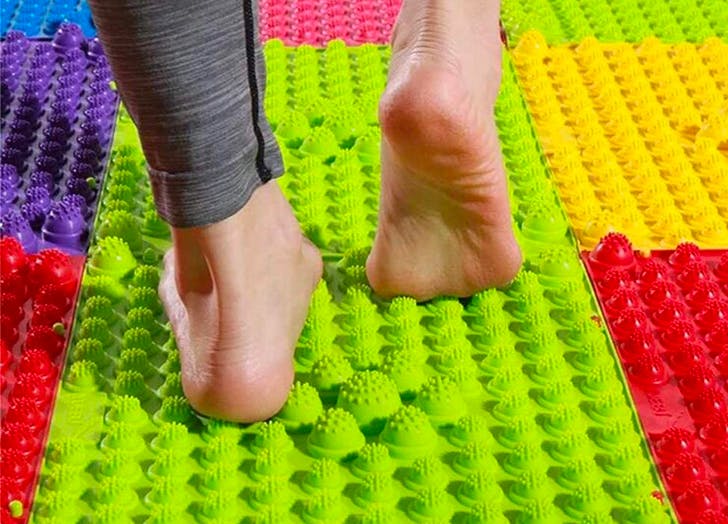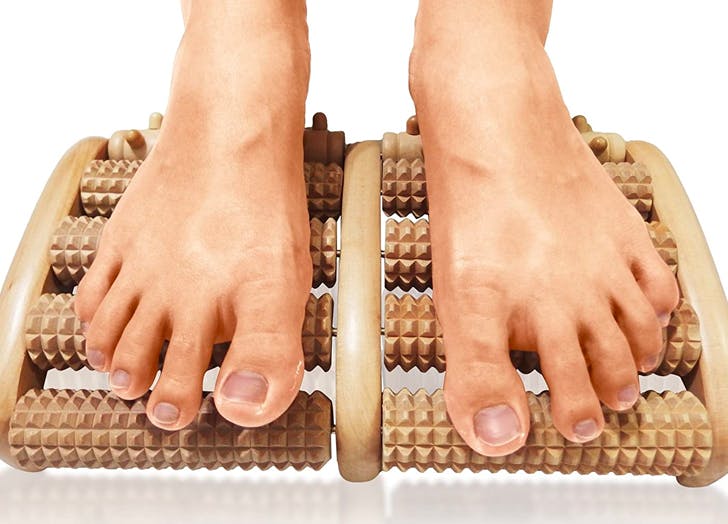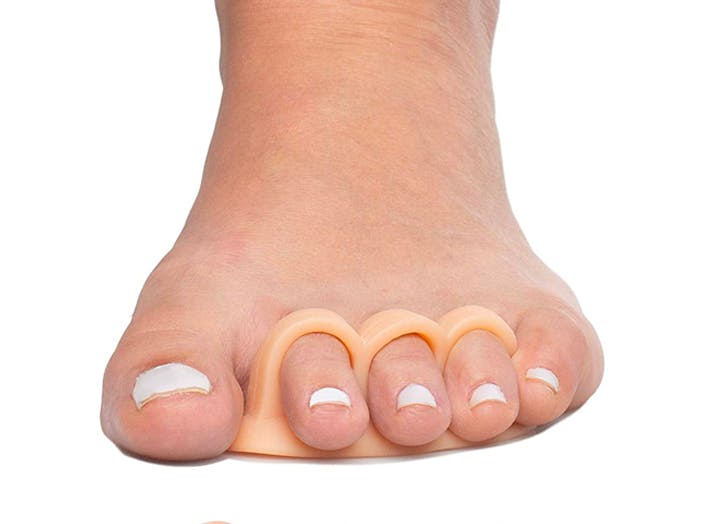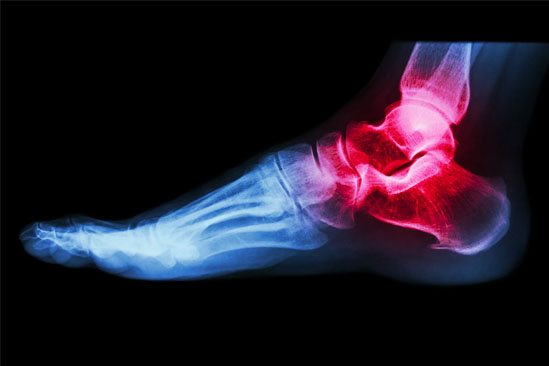
Achilles Tendon Surgery NYC
Achilles tendon injury is possible when there is pain above your heel. This is especially prominent when you stretch your ankle or stand on your toes. Rupture of the Achilles Tendon is also a possibility. Dr. Aakruti Bhalja is an expert in Achilles Tendon Surgery. If you have pain in the Achilles tendon, Dr. Bhalja will obtain x-rays and MRI to evaluate the extent of injury, perform an extensive physical examination, and review the surgical options to reduce pain and deformity. She will also discuss recovery time, return to work, and activity.
Dr. Bhalja is a highly reviewed Achilles tendon specialist.
patients testimonials
★★★★★Dr. Bhalja was wonderful. She took the time to explain the procedure I was having done. She also answered all my questions with patience. – Ann
★★★★★Dr. Bhaljia was so detailed, warm, and personable! She was so patient and made sure to x-ray my injured foot from various angles to ensure she could make an informed diagnosis. She also gave great advice for lifestyle changes to implement to support my foot health for the long-term! – Sabrina
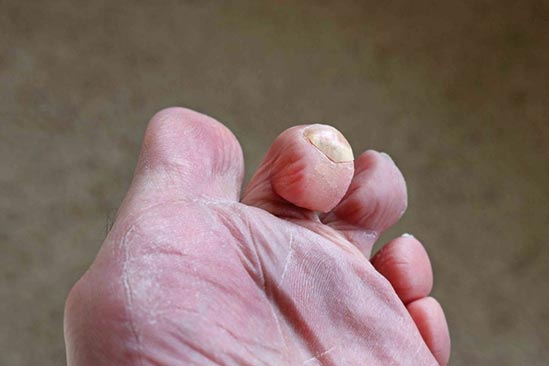
WHAT ISACHILLES TENDINITIS?
The Achilles tendon is a large tendon that connects the calf muscle to the heel bone. Tendinitis of this tendon occurs when this tendon becomes inflamed and painful. This is common in runners and active middle-aged people. Often this area is tender to touch. If conservative treatments fail, imaging is necessary to rule out a tear in the Achilles Tendon.
WHAT IS AN ACHILLES TENDON TEAR OR RUPTURE?
A tear in the Achilles Tendon often presents with a sudden pop sensation followed by pain in the back of the ankle. This rupture can be partial or complete. This will most likely affect the ability to walk normally. Rarely is it possible to have an Achilles rupture with no symptoms?
WHAT CAUSES ACHILLES RUPTURE?
It is not your fault! The most common area of Achilles Rupture occurs in an area of the tendon that receives the least amount of blood flow. Also, when a rupture happens because of poor blood flow, this area is poor in healing. High-intensity sports, a fall from a height can precipitate a rupture. Achilles ruptures are most common in a 30 to 40-year-old, after steroid injection into the tendon, obesity, and some antibiotics.
Males are 5 times more likely to suffer from an Achilles Tendon Rupture!!!
SYMPTOMS OF AN ACHILLES RUPTURE:
- Severe pain in the calf
- Pain and swelling in the heel
- Unable to push off or bend down the injured foot
- Unable to stand on toes on an injured foot
- A popping sensation when an injury happens
- Dr. Bhalja, our expert foot and ankle specialist will evaluate your foot and will provide you a definitive diagnosis.
SURGICAL REPAIR OF THE ACHILLES TENDON
An incision is made in the back of the calf. If there is a rupture, your surgeon will stitch the tendon together. If a tendon is too degenerated, the surgeon may remove that portion and then repair the rest. In some cases, if there is too much damage to the tendon, your surgeon may replace the damaged part with another tendon taken from your foot or a synthetic graft. Minimally invasive approaches are available. Please inquire from your surgeon if you are a candidate.
SURGICAL OUTCOMES
FAQS
Calf stretching before an activity is an important tool in preventing Achilles injury. Also, strengthening exercises of the calf helps prevent injury. Alternating high-impact sports and low-impact sports is also helpful.
Yes, most Achilles Tendon surgery is covered by insurance.
Every surgery has risks. It is important to review the risks and benefits of any surgical intervention with your surgeon. Some possible risks include post-surgical pain, infection, delayed wound healing, recurrent deformity, nerve injury, bleeding, nerve damage, blood clot, anesthesia complication, and calf weakness.

